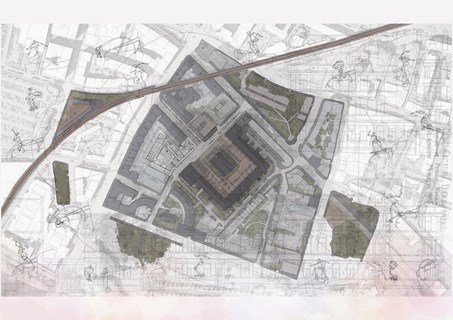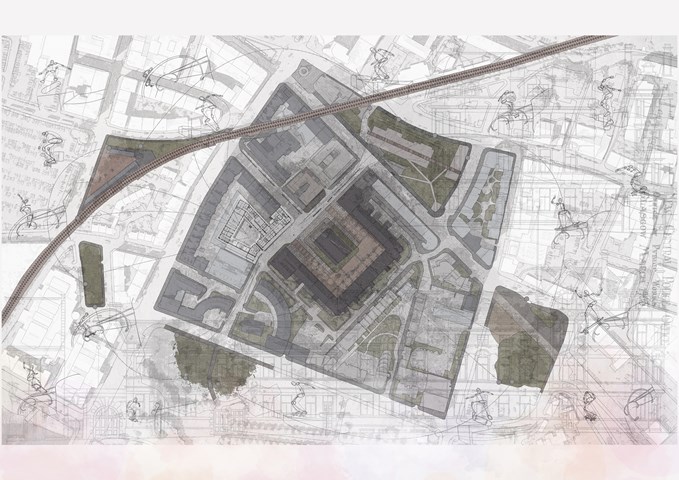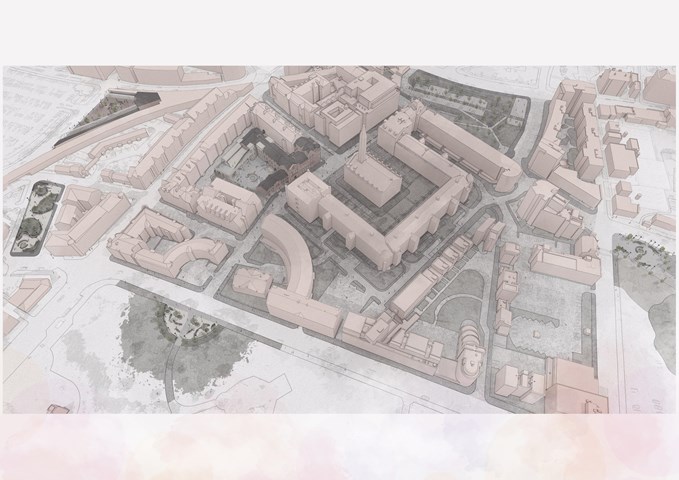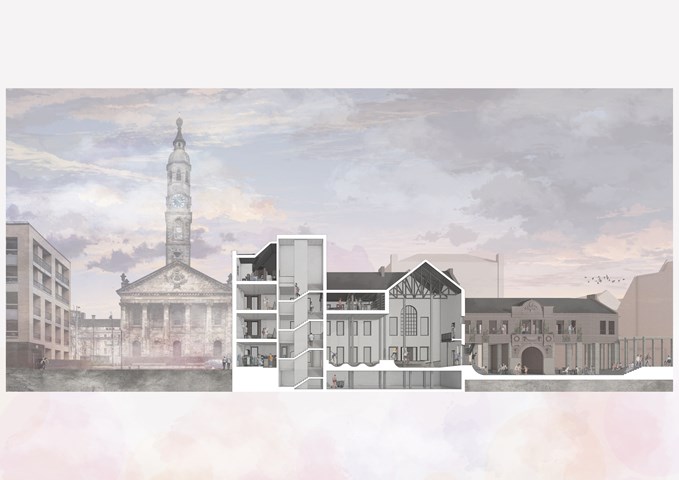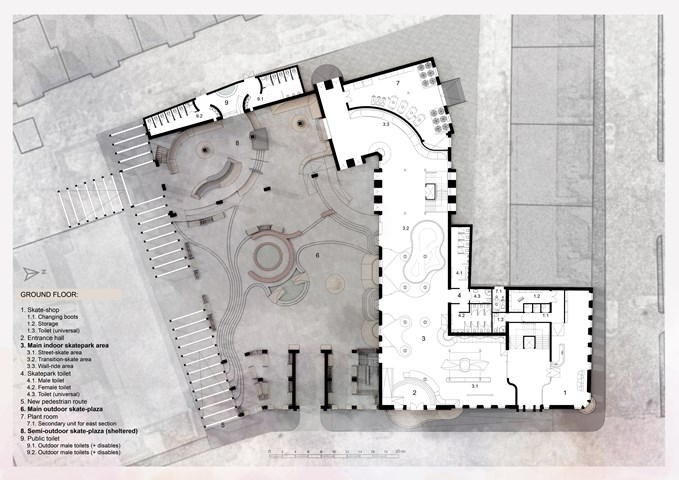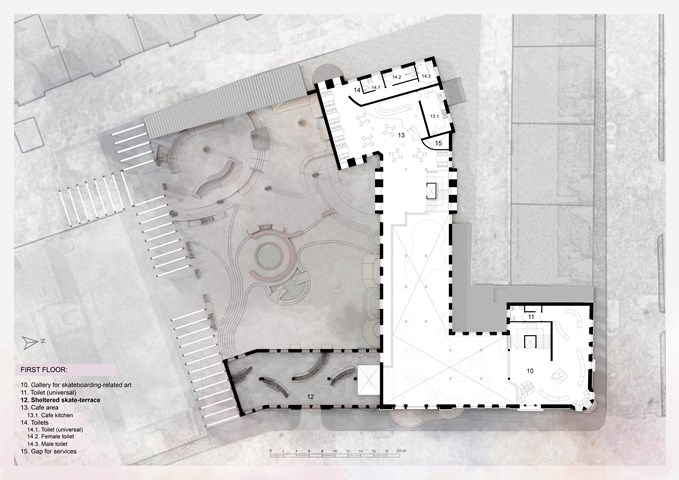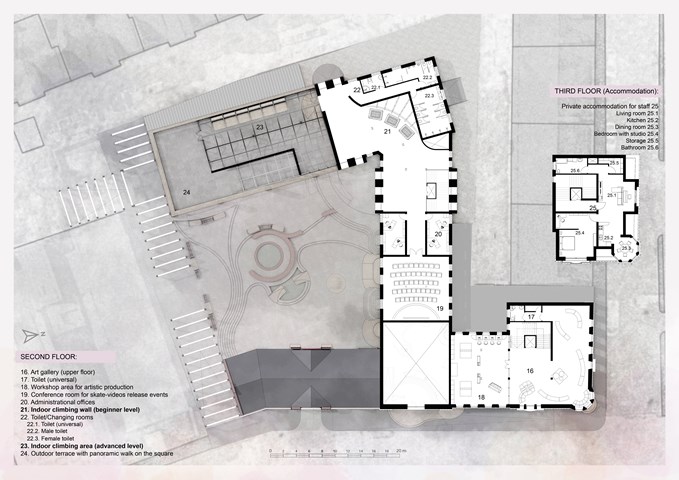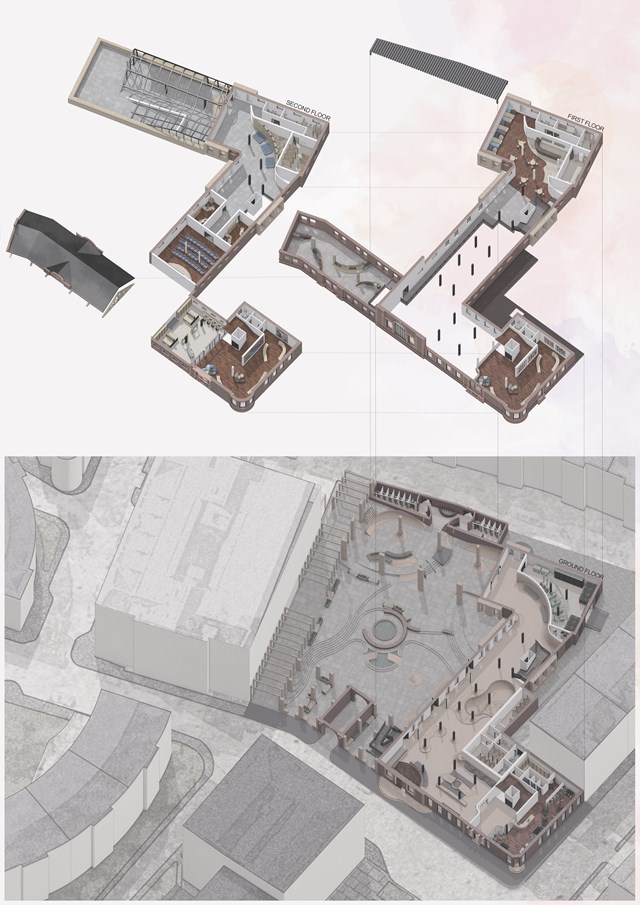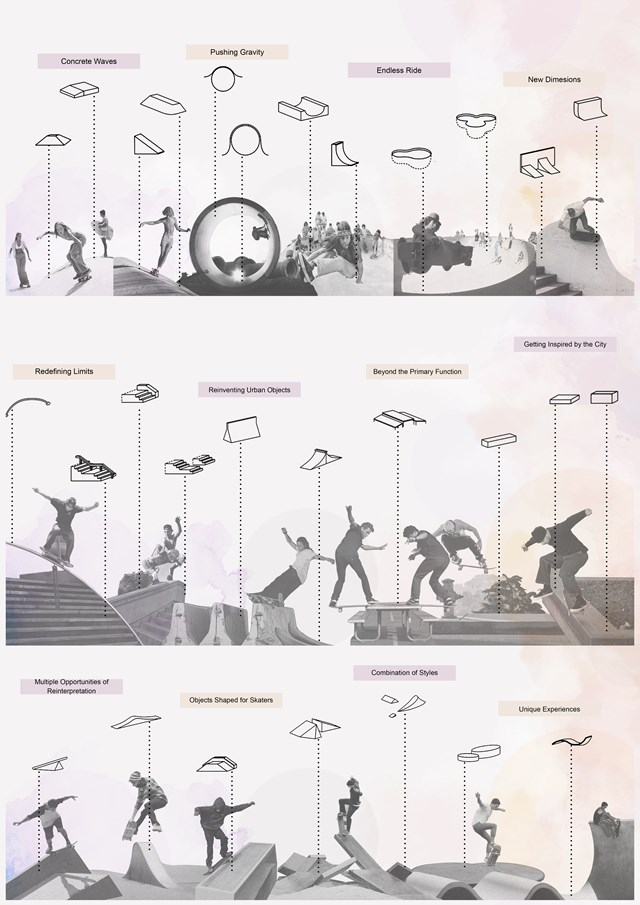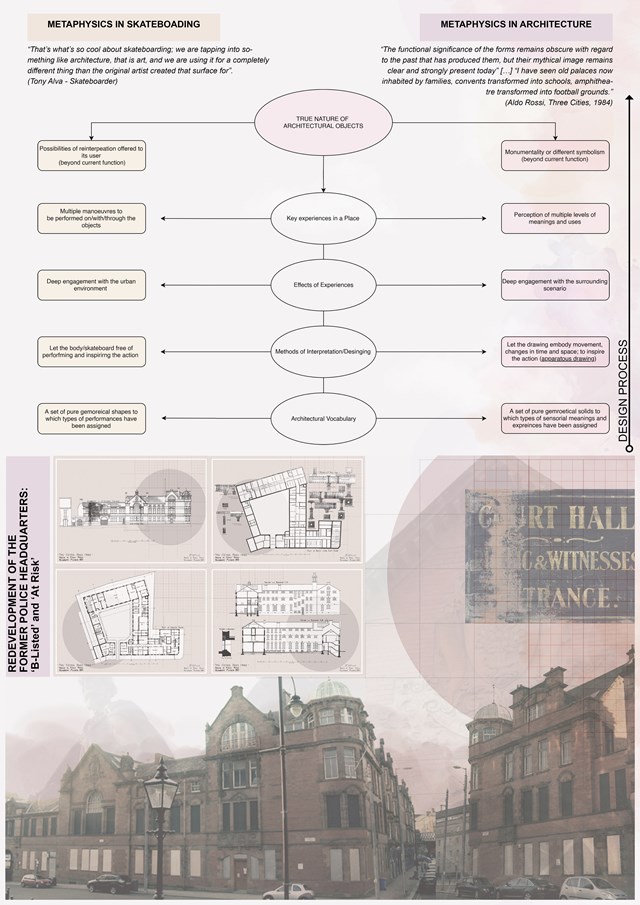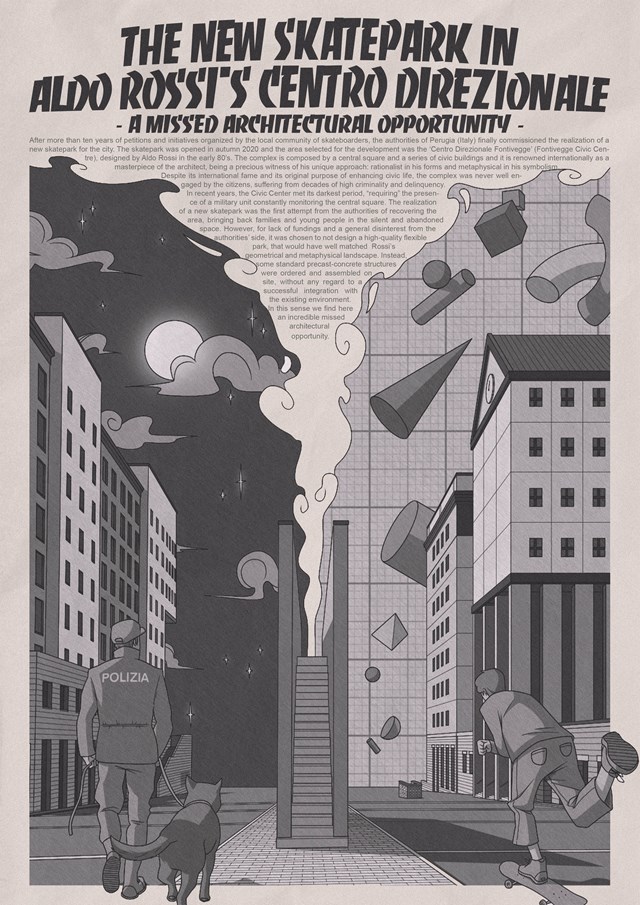Towards a Skateboarding Urbanism
Reviving the Old City through Urban Cultures
“The functional significance of the forms remains obscure with regard to the past that has produced them, but their mythical image remains clear and strongly present today” […] “I have seen old palaces now inhabited by families, convents transformed into schools, amphitheatre transformed into football grounds.” (Aldo Rossi, Three Cities, 1984)
“Skateboarding is not a hobby, and it is not a sport, it is a way of learning how to redefine the world around you.” (Ian MacKaye, skateboarder and artist, 2013)
City centres are complex organisms that grew through centuries of history; getting shaped by events, customs, and traditions. In our cities, some special places witness the time passed, casting it in their architecture. In these places, elements from different epochs are combined, forming harmonious agglomerations. These special places are perceived as living ecosystems, ruled by their elaborate ecology. Architecture of the past gets preserved, reinvented, reused, and altered (or also left abandoned and decaying), shaping the city of tomorrow.
Urban cultures and sub-cultures play an essential role in the shaping process of our cities, providing constantly new inputs of changing. In activities such as skateboarding and parkour, architecture gets reinvented and rediscovered beyond its original function. Buildings and structures (also the abandoned or decaying ones) are decomposed to their purest nature of geometric solids, and then creatively reinvented by the athletes. This creative process not only modifies architecture, but also brings back social life into public spaces. The city becomes a playground, in which architecture can be experienced in countless engaging ways.
In Glasgow, St. Andrew’s Square (Merchant City) is one of the places where the rich and diverse history of the city remains more displayed in the architecture. The elegant St Andrew’s Neo-Classical Georgian Church coexists harmoniously with architecture of the 18th, 19th, 20th and 21st century. But the square also suffers from a general lack of engagement and social life, which does not reflect its incredible potential. Furthermore, one of the main corner is occupied by the abandoned Former Police Headquarters, an elegant Victorian structure, today decaying and at risk.
This project is, above all, an experiment of innovative preservation and creative urban design, in which historic architecture is combined harmoniously and respectfully with urban cultures. With this aspiration, the decaying Police Headquarters and some key satellite public places have been re-designed through a skateboarder mindset and reintegrated into the society.
This project was born from the combination of my two main passions: historic cities and skateboarding; and the strong belief that these two universes could and should co-exist in the same spaces, in a future that this thesis wants to contribute to shape.
